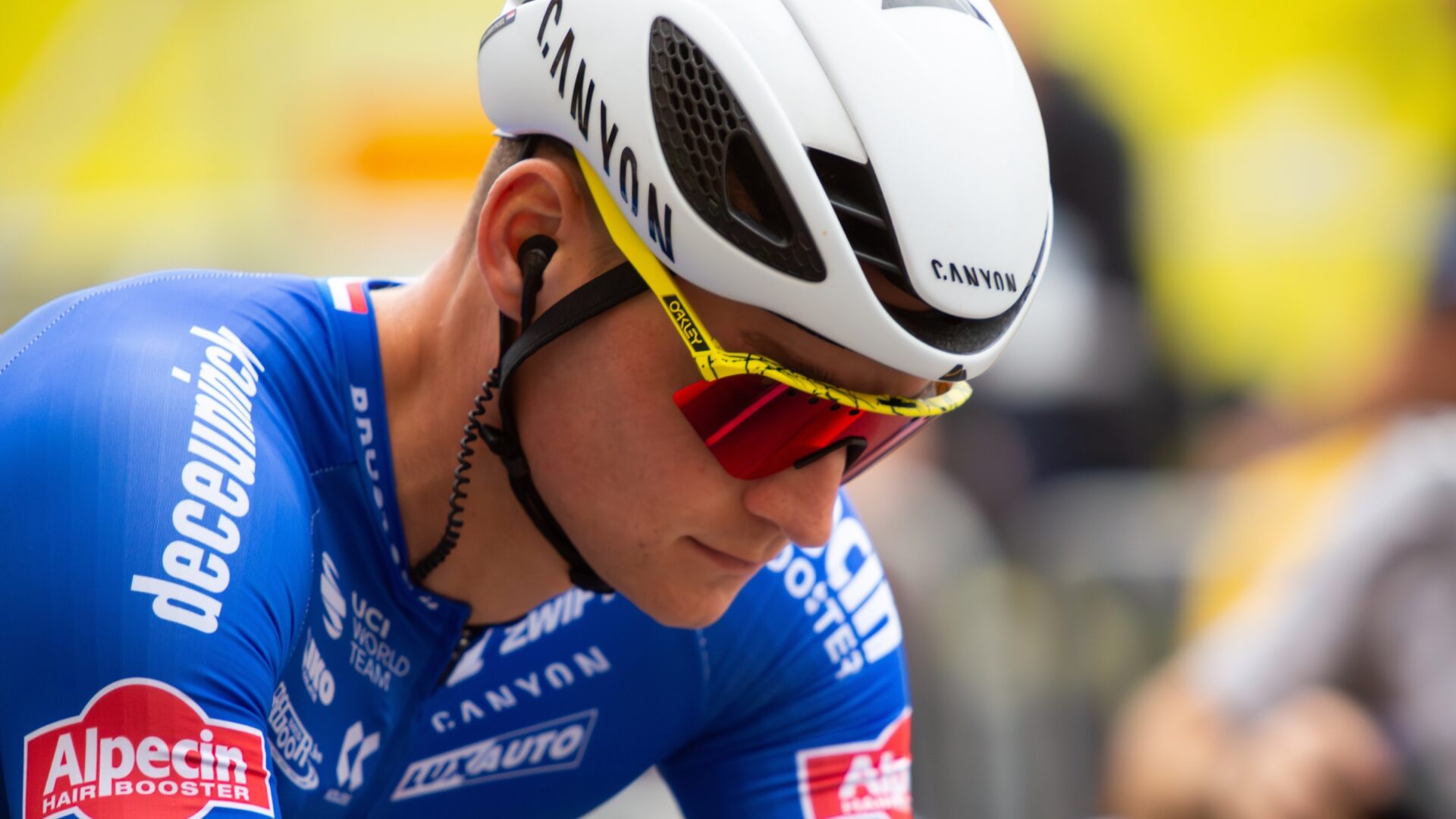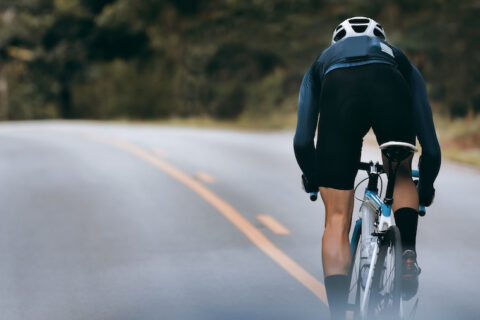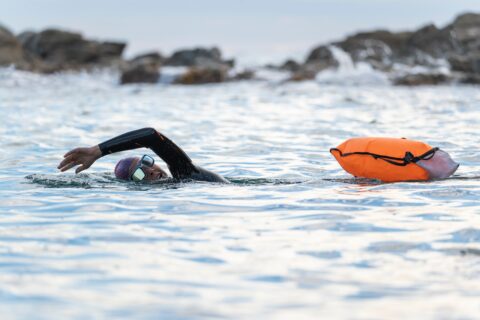Athletes who want to train and compete in multiple sports require a different approach to training, and to have their expectations managed.
Athletes who want to train and compete in multiple sports require a different approach to training, and to have their expectations managed.





